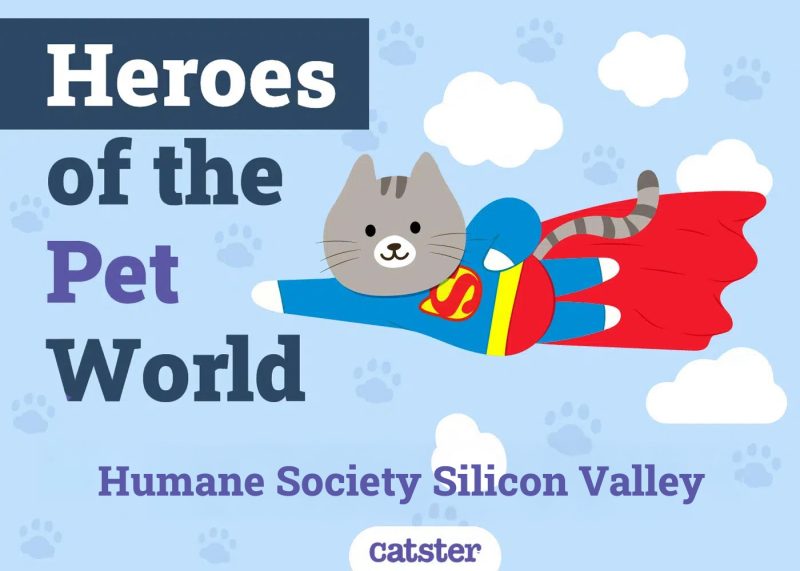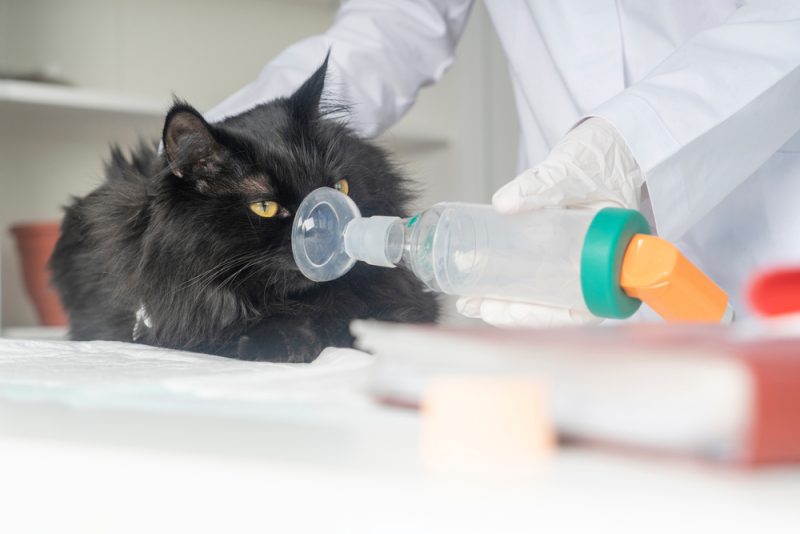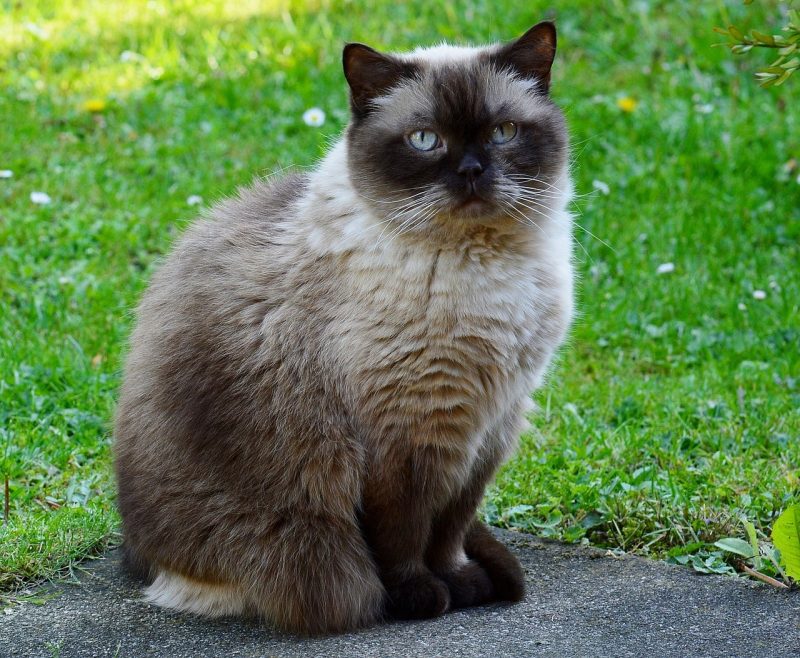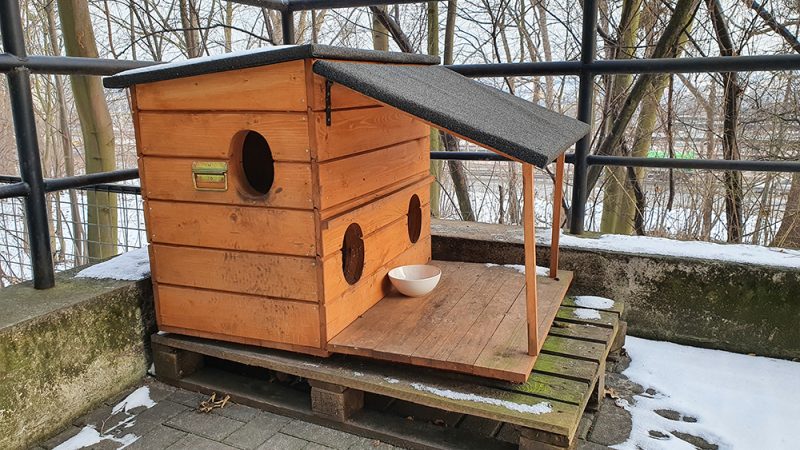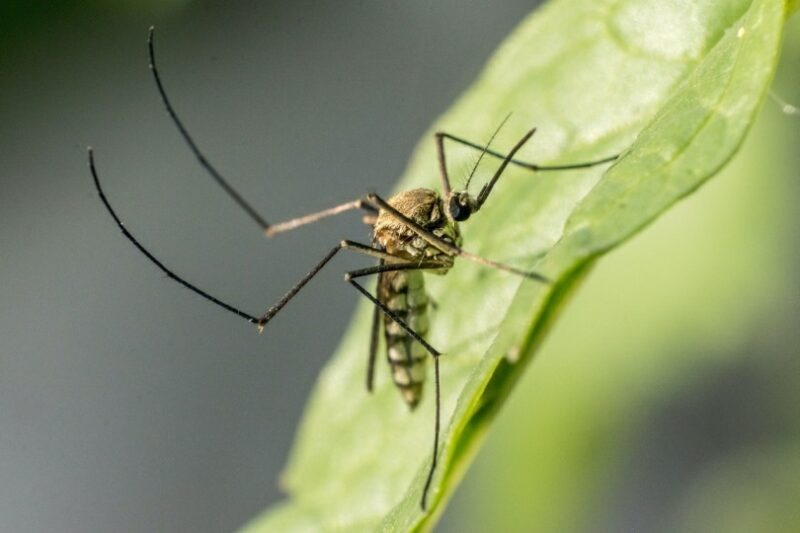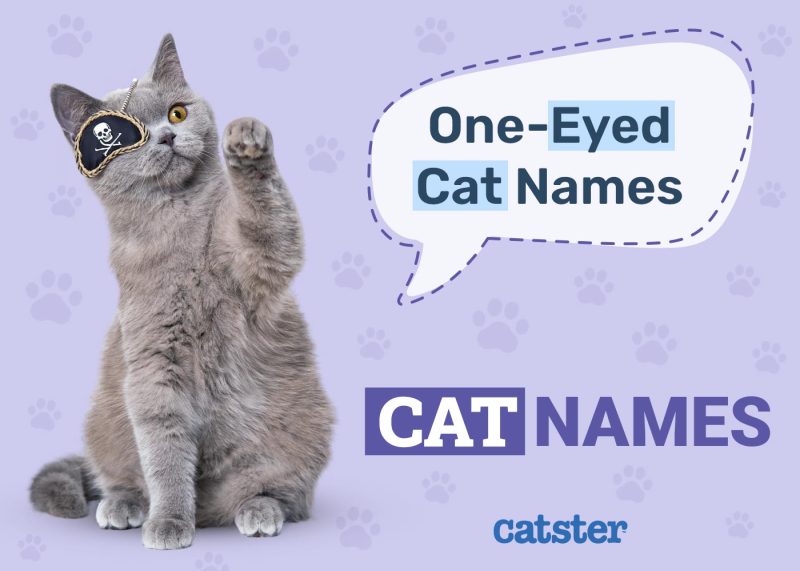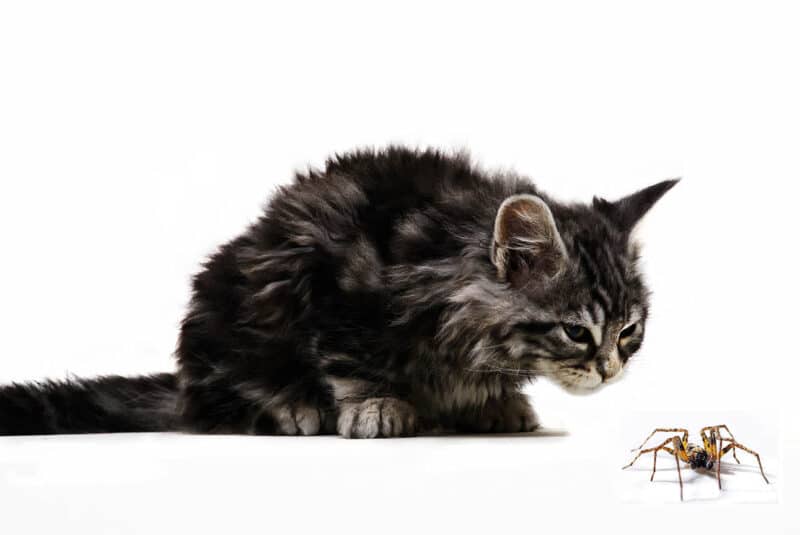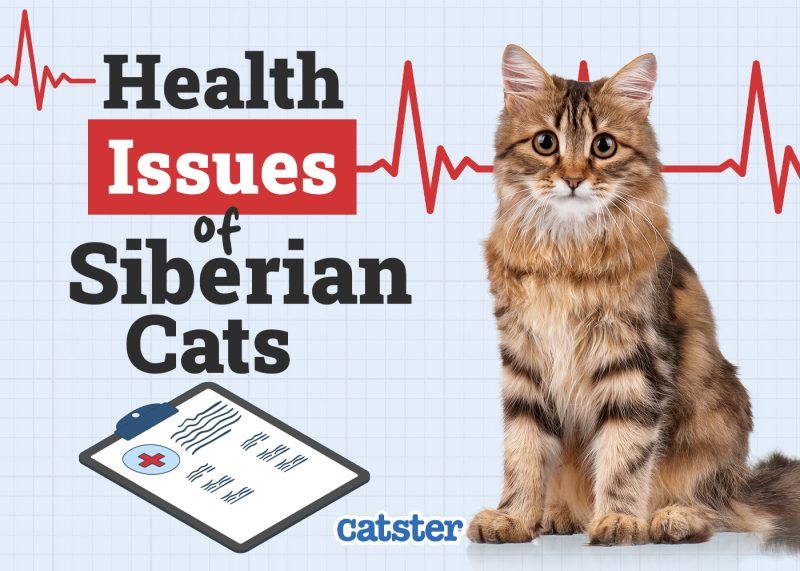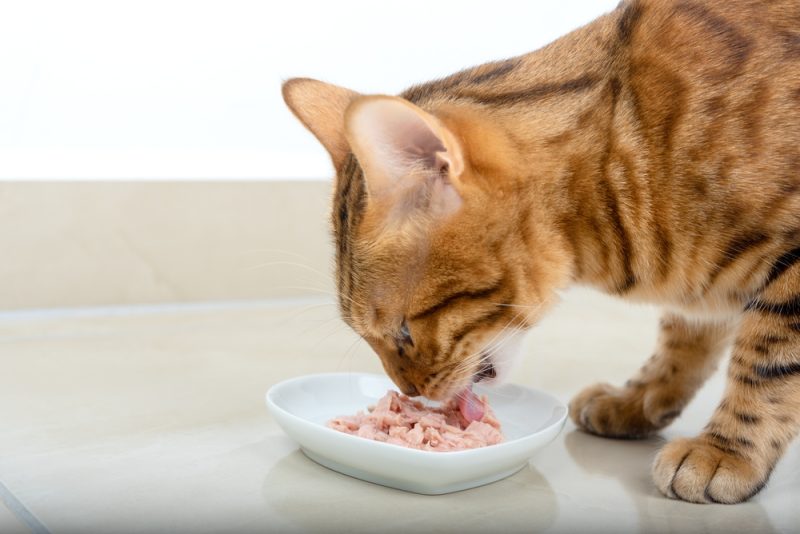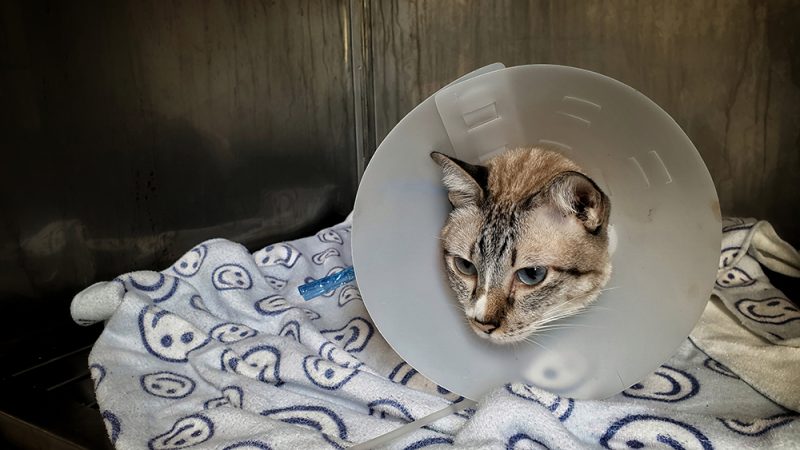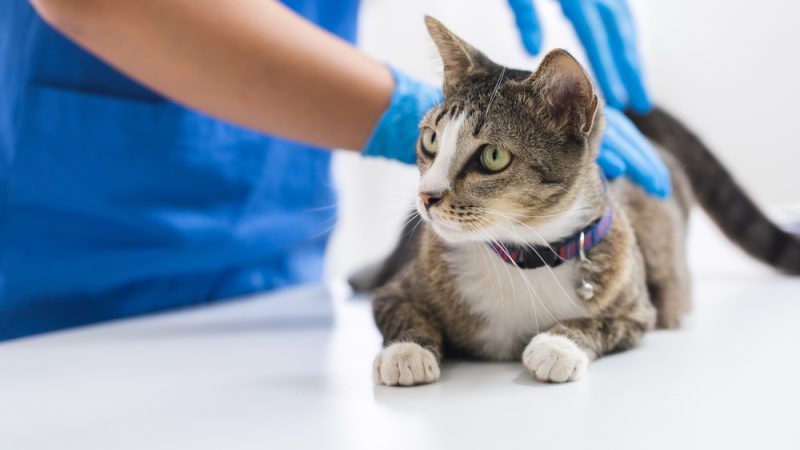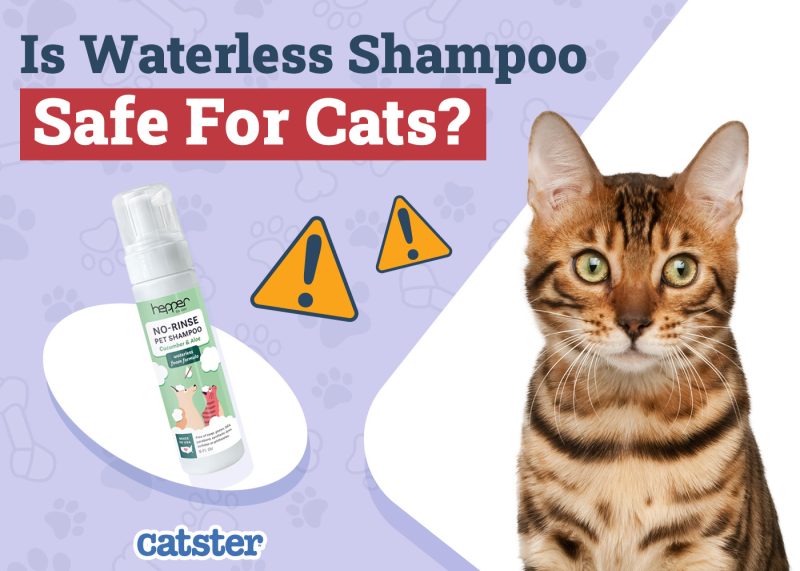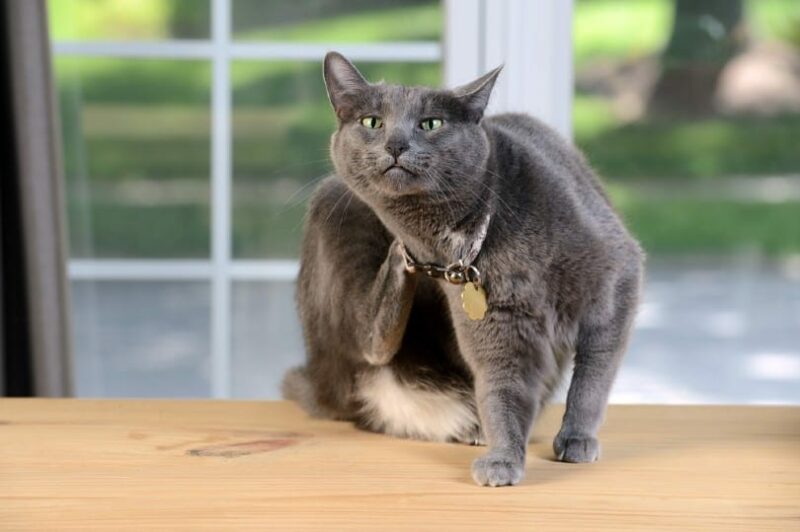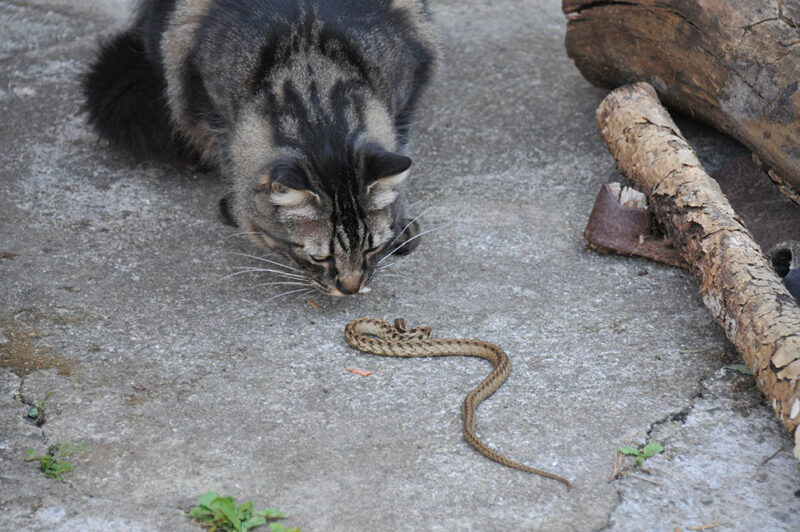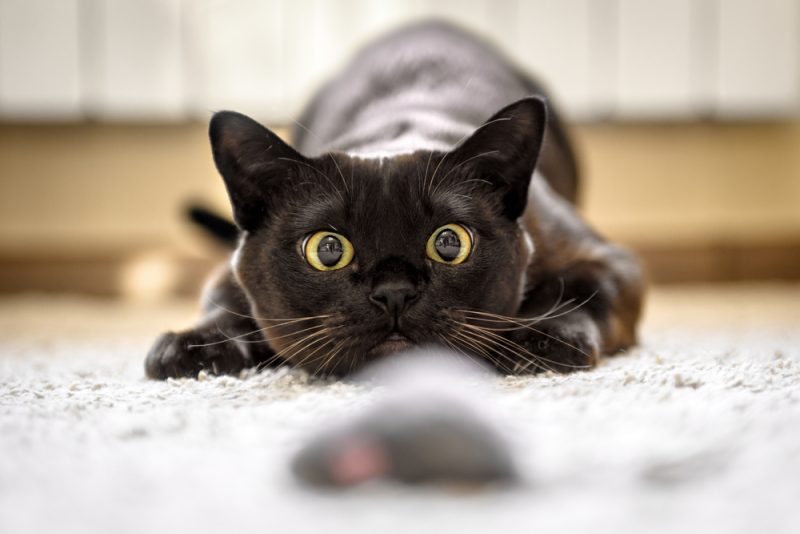In this article
View 5 More +Veterinarians, vet technicians, practice managers, rescuers, behaviorists, nutritionists, trainers, volunteers, and other animal professionals are the backbone of pet ownership. Helping pets and their families live in harmony and health together.
Catster wants to highlight some of these underrated champions of the animal world. Who we like to refer to as Heroes of The Pet World.
We plan to interview some of the most inspiring vet clinics, animal hospitals, animal shelters, and rehabilitation organizations worldwide to share their wonderful and often harsh experiences while working to help, heal, guide, revitalize, and protect our furry family members.
These are the stories of unsung animal superheroes!

Let’s Get to Know The Humane Society of Silicon Valley!
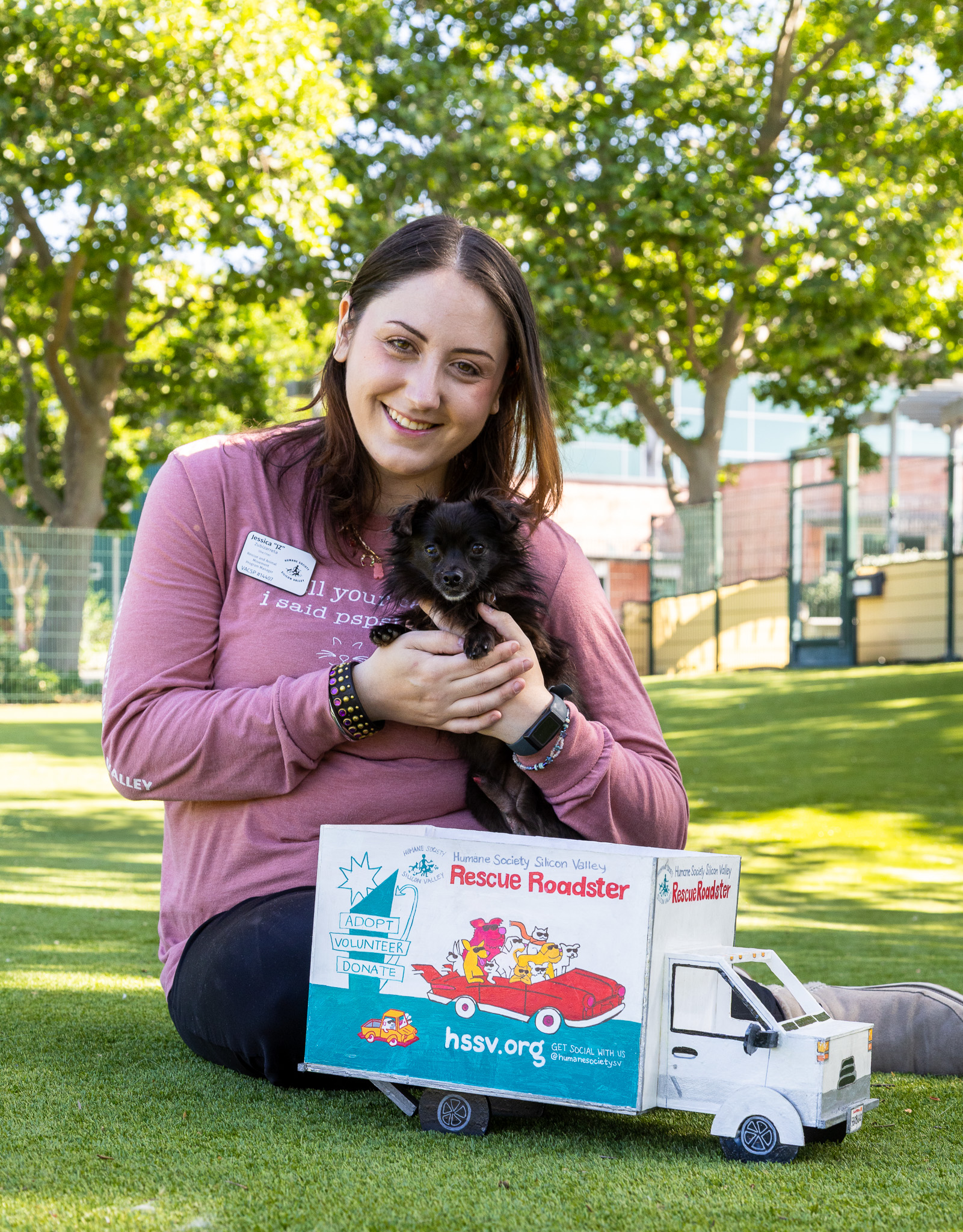
In this Q&A we are joined by Jessica Zubizarreta, Rescue and Animal Movement Program Manager.
Mission
In your own words, what is Humane Society Silicon Valley’s mission and purpose?
At its core, HSSV is about showing up for animals—and the people who love them. Our mission is to save lives, keep families together, and create a better future for pets and their people. That comes through in so many ways, from the way we care
for the most vulnerable animals to the way we support people in the community who are trying to keep their pets during tough times. It’s not just about finding homes — it’s about keeping bonds intact and making sure no one gets left behind, whether they walk on two legs or four.
What is your individual mission or goal, as a vet professional and as a person?
Honestly, my mission is simple: to be the person I needed when I was younger and to do that for animals, too.
As a kid, I was struggling in ways I didn’t really know how to express. Fostering animals gave me a sense of purpose and connection that helped me through some hard moments. So now, whether I’m working with an overwhelmed rescue partner, a scared animal coming off a transport, or a brand-new foster parent who’s not sure if they can do it, I want to be the steady presence that says, “You’ve got this. I’m here with you.”
Professionally, that means advocating fiercely for animals who need a second chance and making sure we’re building systems that support the people who care for them, because both matter equally. Personally, it means holding space for transformation. I’ve seen how a scared dog can take a deep breath the moment they realize they’re safe. I’ve seen how a person can find unexpected joy in caring for a tiny life. That’s the magic I want to protect and share every day.
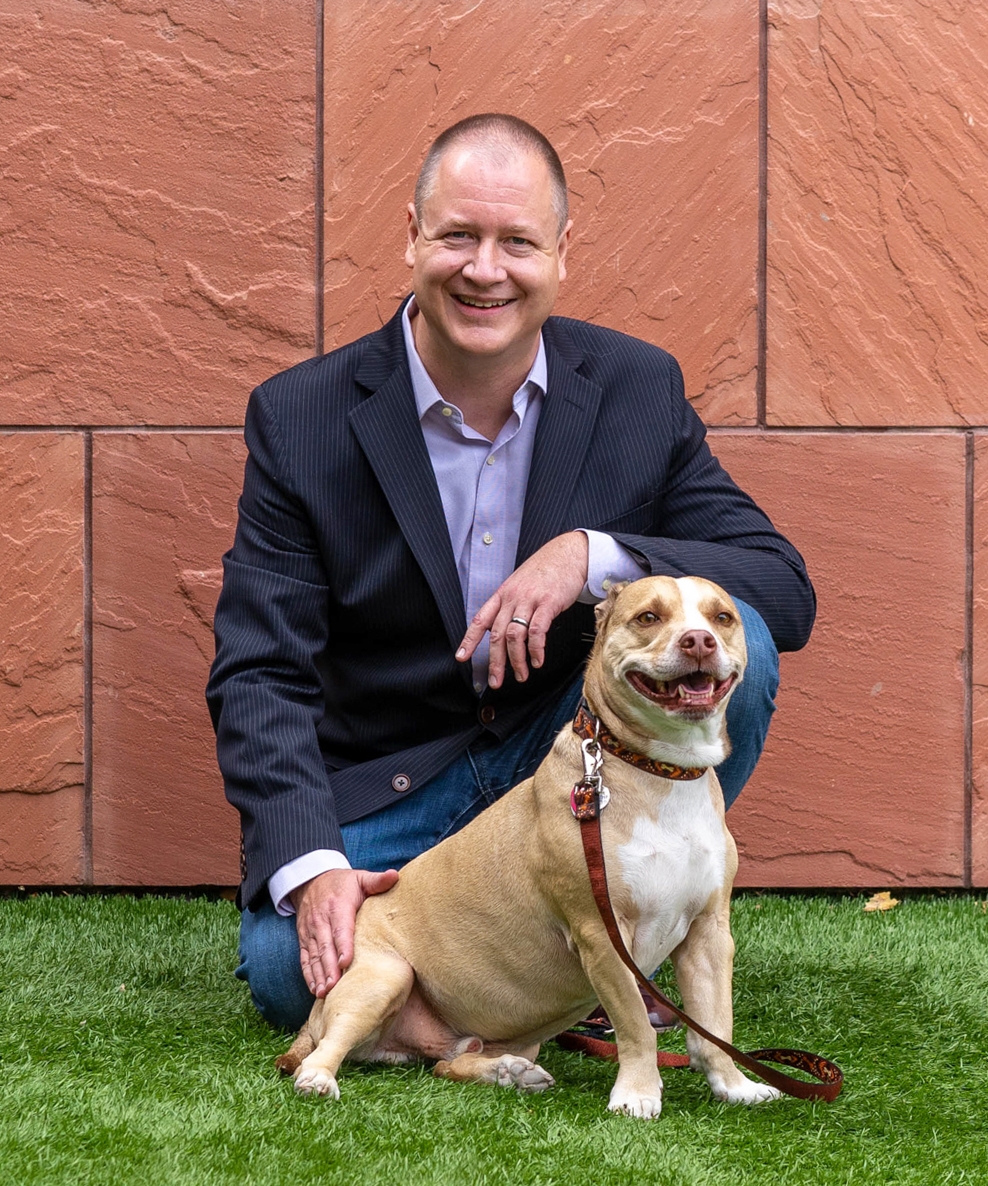

Day-to-Day Experience
What is it like being a vet professional in the Silicon Valley?
Being a pet care professional in Milpitas — and more broadly, in the Bay Area — is something I don’t take for granted. We’re incredibly lucky to have a supportive, animal-loving community here. People genuinely want to help, whether that’s through fostering, adopting, or donating. And because of that support, we’re able to say “yes” to animals that shelters in other regions simply don’t have the resources to help.
At the same time, the Bay Area has its own set of challenges. We see so many people who desperately want to keep their pets but are struggling with things like rising rent, a lack of pet-friendly housing, and access to affordable veterinary care. That’s where our work at HSSV really comes in — we’re not just a shelter; we’re a resource hub for people and pets trying to stay together.
What does a regular day look like?
No two days are the same, but most of mine start with checking in on what animals need help and what kind of support we have available — whether that’s space in the shelter, a foster home, or medical capacity. From there, it’s a big puzzle of figuring out how we can say yes and make it all fit.
There’s a lot of teamwork, a lot of texting, and a fair bit of scheming to make it all come together. I work closely with our partner shelters, our on-site teams, and our fosters to get animals placed quickly and safely, especially the most vulnerable ones, like bottle baby kittens or underage puppies.
And then there’s the fun part: welcoming animals in, getting them settled, taking photos, and seeing them start their new chapter. It’s fast-paced, always evolving, and somehow both heartwarming and hilarious. Those are the moments that make it all worth it.
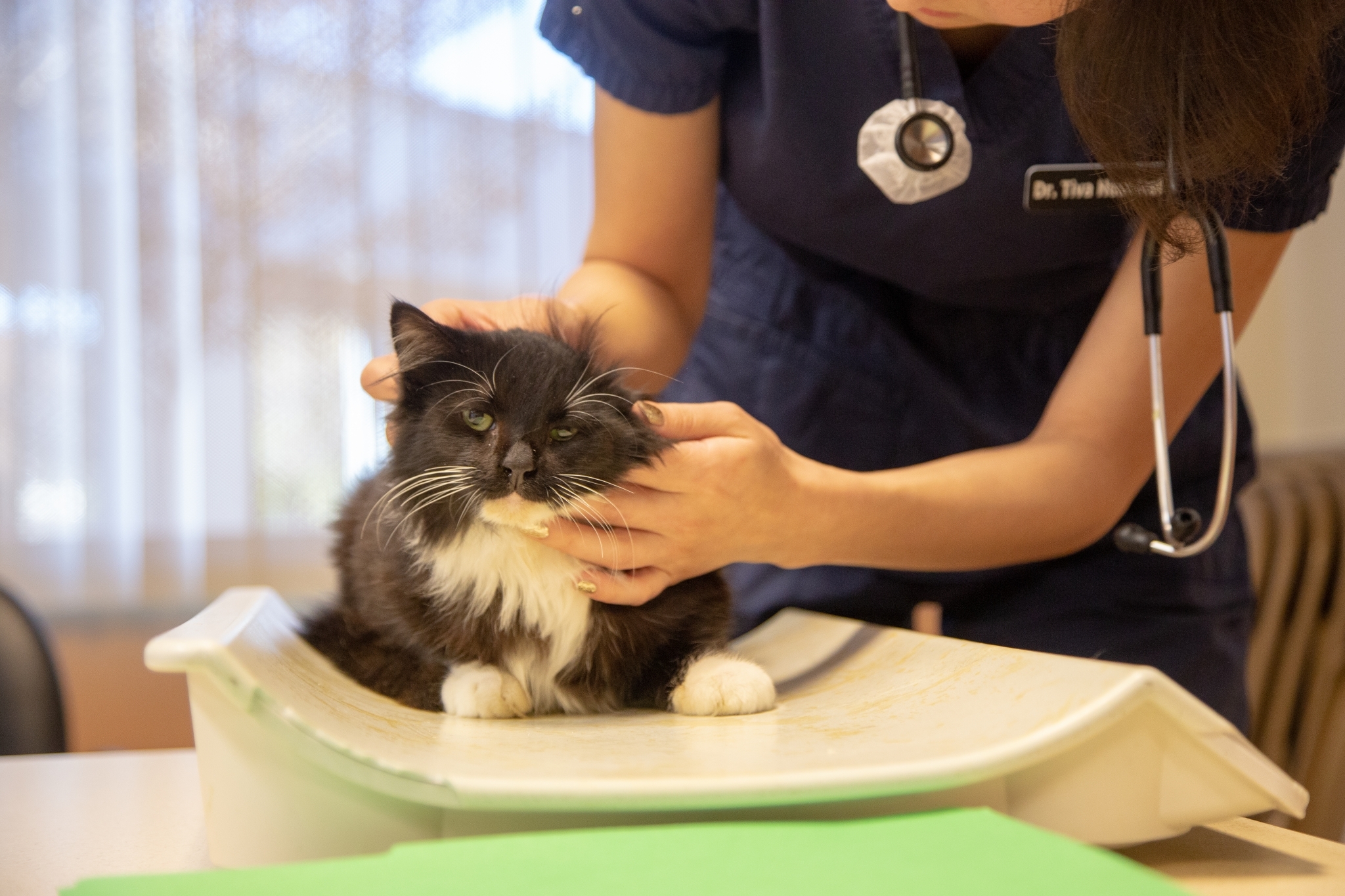
How big is your team?
Technically, my team is small — it’s just me and our transport driver, Gabriel, who’s currently training for the role. But I never feel like I’m doing this alone. I’m surrounded by an incredible network of coworkers, volunteers, and foster families who make this work possible.
Our rescue volunteers are amazing, and every department here plays a role in what we do. We flex and problem-solve together constantly. It might be a small team on paper, but it’s backed by a whole community of people who care deeply and step up in big ways.
How many animals on average do you help on a weekly basis?
On average, I help coordinate care for around 100 animals each week — sometimes more. Since the fire, about 70 to 90 percent of the animals coming into HSSV have come through our Regional Rescue efforts, so nearly every intake has some piece of planning or coordination behind it.

Challenges and Rewards
What is the hardest part of your job?
The hardest part of my job is knowing that I can’t say yes to everyone. There’s always more need than we have space or resources for, and that never stops weighing on me. I’ll look at a list of animals needing help, and I want to bring them all — but I must make really tough decisions based on what we can realistically support. But even on the rough days, I remind myself that for the animals we do get to help, everything changes. That’s what keeps me going.
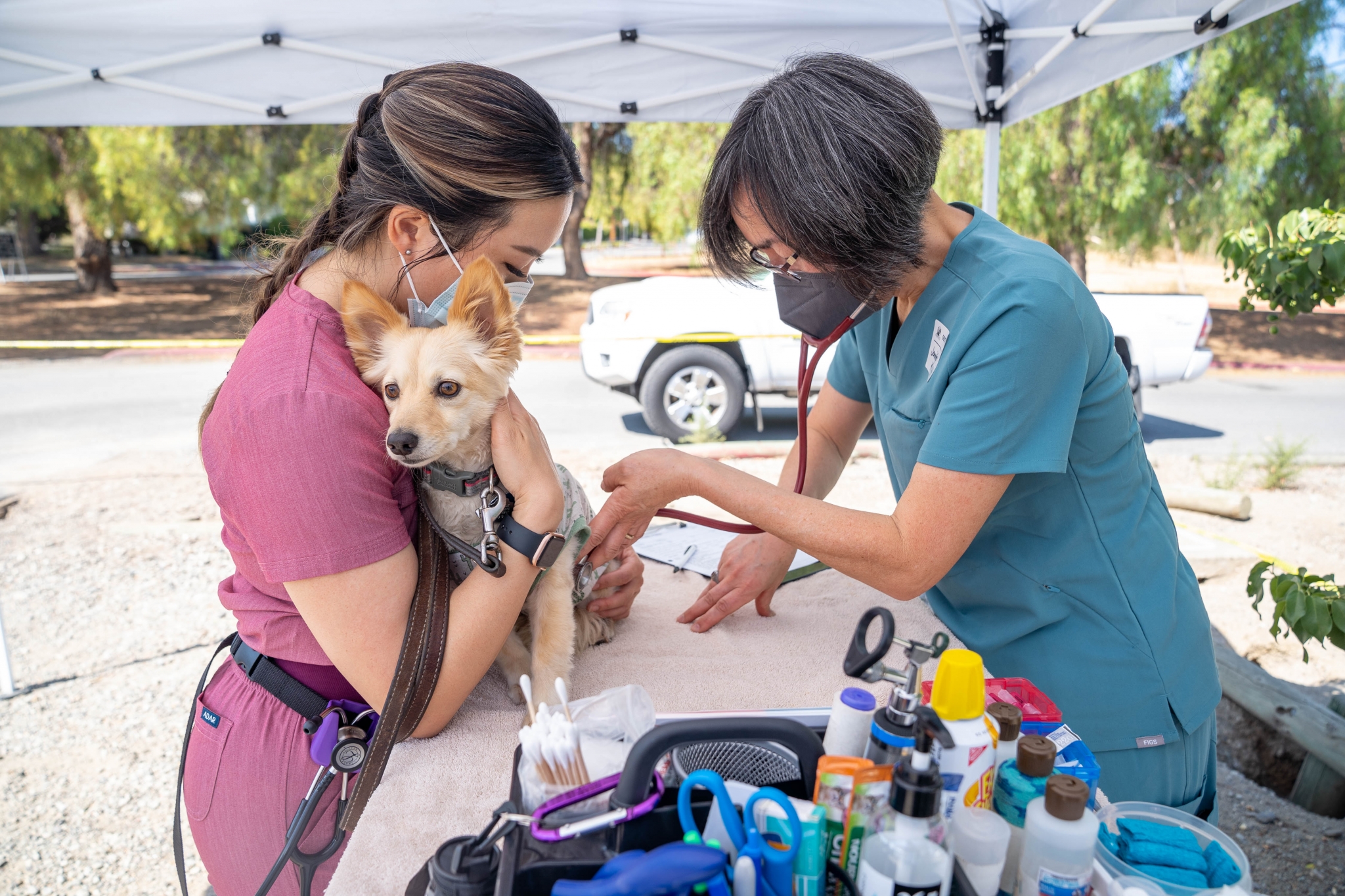
What are some of the biggest challenges that your organization faces?
One of the biggest challenges we face is capacity — both in terms of space and people. We have an incredible foster network and a deeply committed team, but when hundreds of animals need help, especially during kitten season, it can stretch everyone thin. We’re constantly balancing what we want to do with what we can do in the moment.
Another big challenge is the shifting needs in our community. In the Bay Area, we’re seeing more people who desperately want to keep their pets but are struggling with housing or access to care. So part of our work is meeting those people where they are and offering resources like our pet pantry or essential care clinic to help keep families together.
It’s a lot to navigate, but we adapt every day — because the animals and the people who love them are worth it.
What is the most rewarding part of doing what you guys do?
There’s this moment I get to witness all the time that never stops being powerful — when an animal who’s been through a lot finally realizes they’re safe.
Sometimes it’s the tiniest thing: a deep breath, a soft blink, the first tail wag or purr after days of silence. You can actually see the tension leave their body. That’s when you know they’re starting to believe in the good again. That they trust they’re going to be okay.
That moment? That’s everything.
It’s also incredibly rewarding to see the ripple effect of this work. When a foster family falls in love with their first animal, or a rescue partner breathes easier because we were able to take a transport of pets they were out of space for — it all adds up. I started fostering when I was 12, and now I get to be the person helping others start their journey. I’ve seen firsthand how animals can change lives, and now I get to make sure more animals and people get that chance.
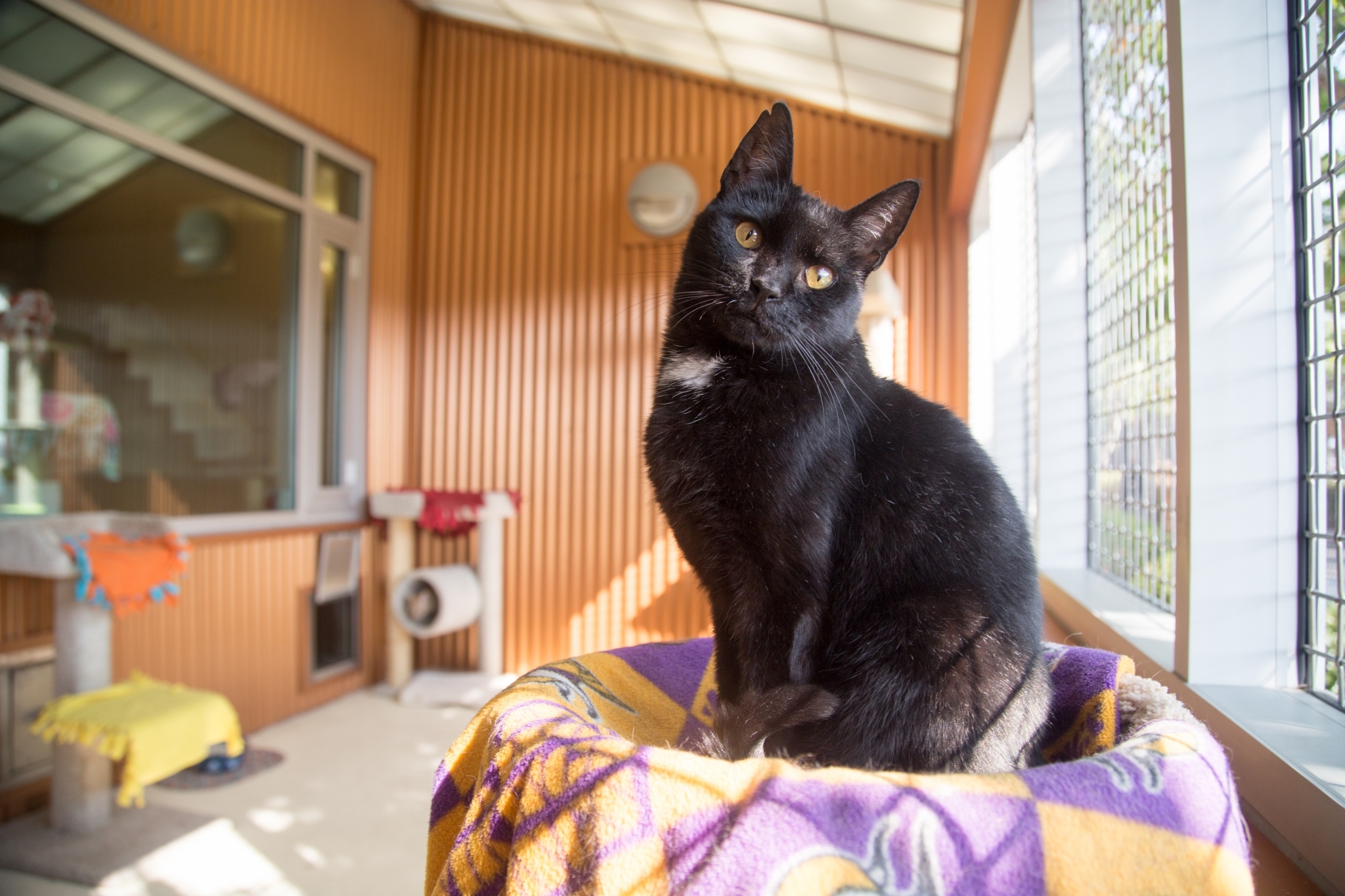
What are some of the accomplishments or specific animals that have made a big impact on you as a person or on your team?
Two animals that really stayed with me are Beret and Top Hat — both came in with incredibly severe head wounds, and both reminded me just how resilient animals can be.
Beret was a senior cat with an injury so graphic and severe, I honestly didn’t think she’d survive. But she was head-butting us with her little exposed skull, just full of love and trust. Our vet team took a chance on her, and I promised that if she pulled through, I’d foster her. She ended up staying with me for six months and made a full recovery. Watching her heal was one of the most rewarding experiences of my life.
Years later, Top Hat came in with a nearly identical injury — but he was just a kitten. Because of everything I’d learned with Beret, I knew he had a fighting chance. And sure enough, within three weeks, his wound had shrunk to the size of a pinky nail. No surgery, just a lot of care and time. He was cleared for adoption recently and looks amazing.
Those two remind me why I do this. It’s about believing in animals when others might not, giving them a chance, and seeing them transform. That’s the magic of this work.
Future
What are Humane Society Silicon Valley’s main goals for the future?
Our goal is to build a world where every animal is treated with compassion, every person feels the joy of the human-animal bond, and no one has to give up a beloved pet because they’re facing a tough time. That’s the future we’re working toward — one where support is accessible, rescue efforts reach farther, and communities feel stronger because pets are part of the fabric of it all.
For me personally, that means continuing to grow programs like our Regional Rescue work — so we can be a safety net not just for our local community, but for the shelters and animals across the region that need us most.
How can the general public help make your lives easier?
Fostering, adopting, donating, volunteering — those are all amazing ways to help, but even small things go a long way. Sharing posts on social media, talking to friends and family about fostering, or just being open to learning more about what shelters actually need can be game changers.
One thing I always tell people: You don’t have to do everything. Just do one thing. Say yes to that one foster animal. Bring in a bag of kitten food. Offer a ride for a transport. Every single one of those things lightens the load for us and helps an animal on their path to a better life.
Stories
What are some of the funniest or most outrageous pet names you’ve encountered?
Honestly, naming the animals might be one of my favorite simple joys in this job. I love giving them names that’ll make people smile or do a double-take. My personal philosophy is I want adopters to feel free to pick a name that suits them, so I try to give each animal a name that’s fun, memorable, or just a little ridiculous in the best way. One of my favorite litters was a mama cat named Costco — and her babies were named Kirkland, Bulk, Sample, Wholesale, and Food Court.

How to Help
If someone wants to visit, join, support, or volunteer at your organization, where can they find more information and get in touch?
If you’re interested in joining our mission — whether that’s through volunteering, fostering, adopting, or donating — the best place to start is our website: hssv.org. It’s a hub for all the ways you can get involved.
